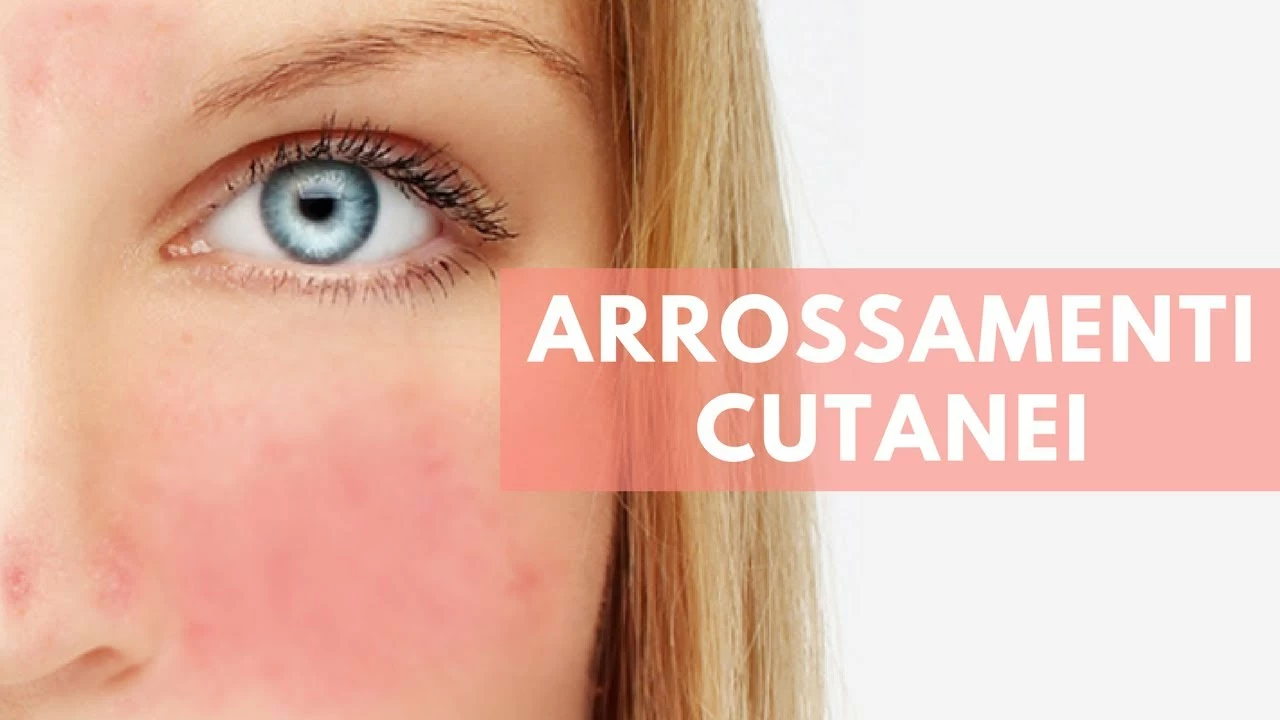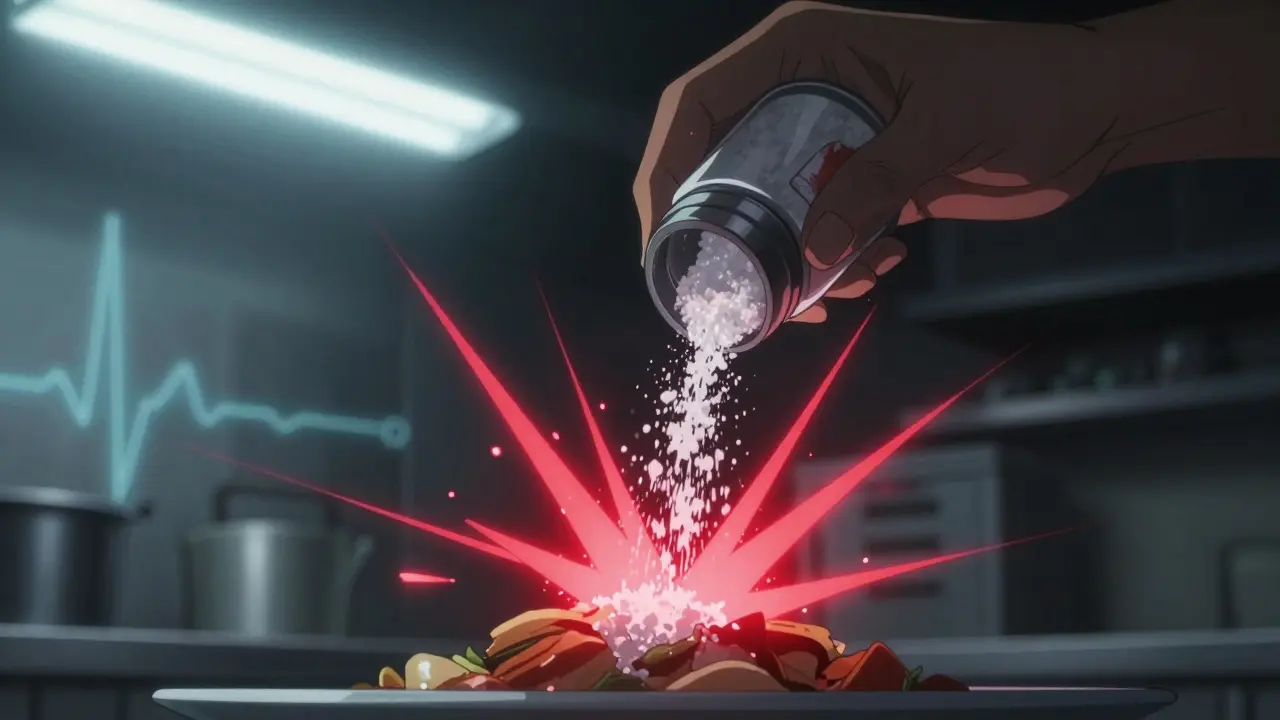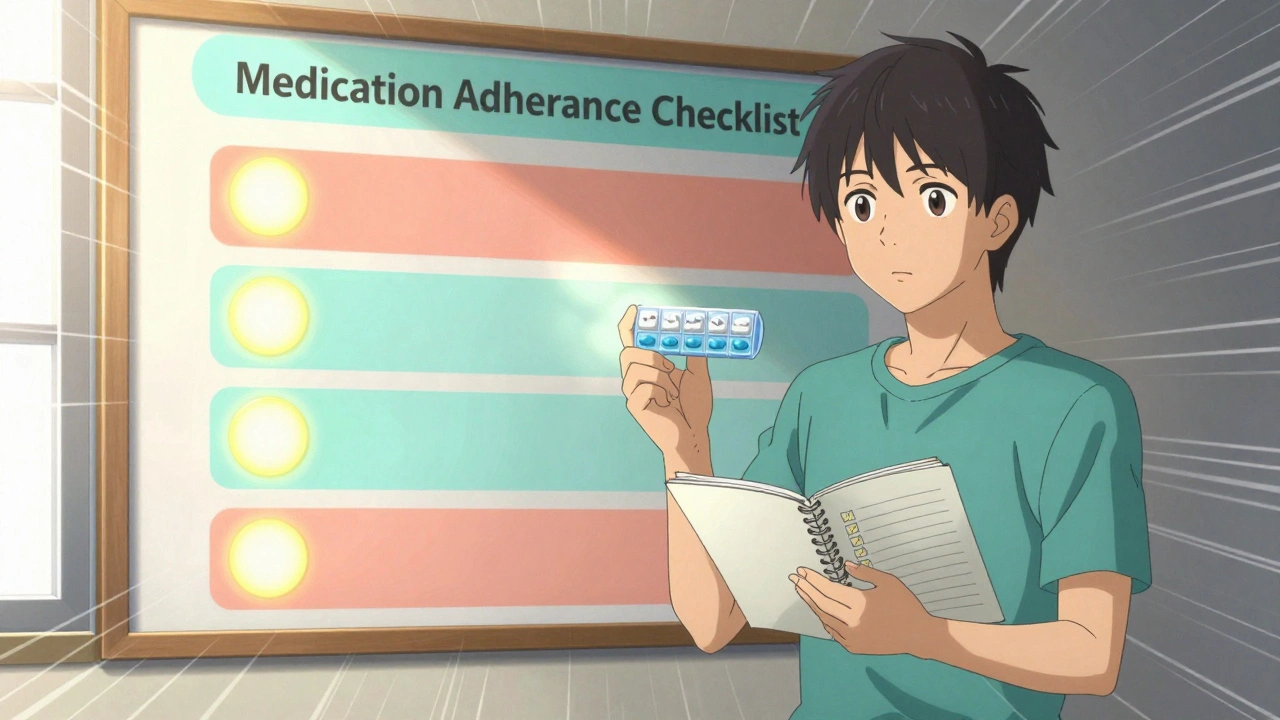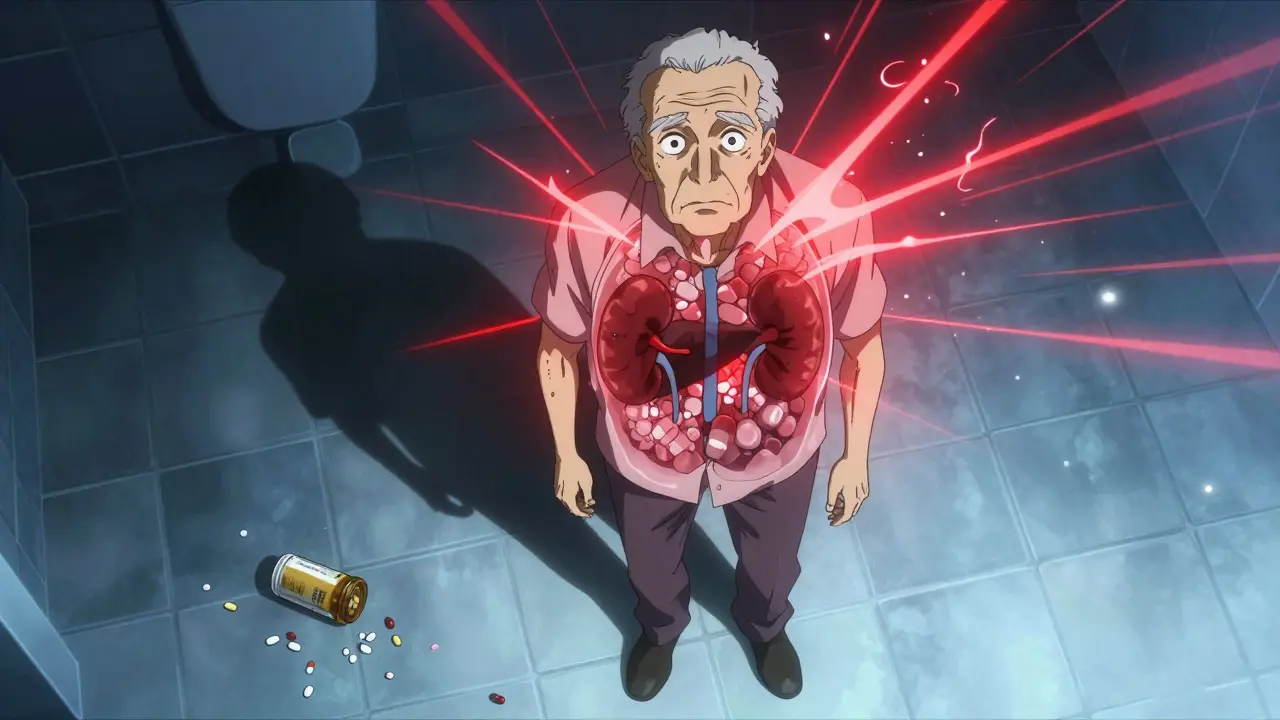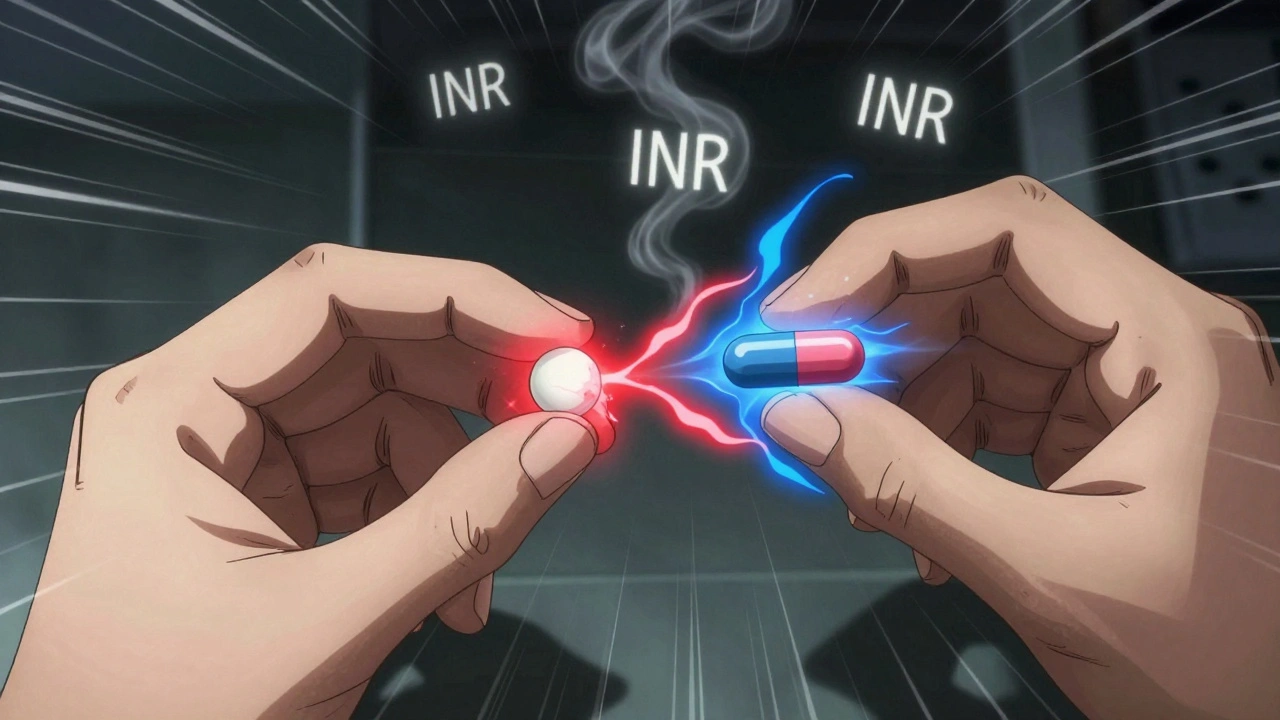Eye redness: quick help and what really matters
Red eyes are annoying and sometimes scary. You want to know what’s causing it and how to fix it without making things worse. This guide gives clear, practical steps you can use today, plus red flags that mean see a doctor.
Common causes
Common causes include allergies, conjunctivitis (pink eye), dry eye, eye strain, blocked tear ducts, blepharitis, contact-lens problems, and bruising of the white part called a subconjunctival hemorrhage. Allergies usually come with itching and watery eyes. Bacterial conjunctivitis brings thick yellow or green discharge and crusting. Viral conjunctivitis often follows a cold and is very contagious. Dry eye feels gritty or like something is stuck in the eye. Contact-lens wearers can get painful infections if they sleep in lenses or use poor solutions.
Treatment & when to see a doctor
Simple first-aid works for many cases. Rinse your eye with clean water or sterile saline to remove irritants. Use a cold compress for allergic or irritated eyes, and a warm compress to loosen crusts around the lashes when you have blepharitis. Artificial tears (preservative-free) ease dry, tired eyes—use them several times a day. Wash your hands regularly and avoid touching your eyes. Don’t share towels or eye makeup.
Be careful with over-the-counter redness drops (vasoconstrictors). They temporarily whiten the eye by shrinking blood vessels but can cause rebound redness if used more than a few days. Antihistamine eye drops help allergic redness but check labels and avoid products that also cause drowsiness if you need to drive. If you use contact lenses, stop wearing them until the eye is back to normal and talk to your optician.
Know when to see a doctor or go to emergency care. Seek urgent help if you have severe pain, sudden vision loss, sensitivity to light, a large pupil change, bleeding in the eye, or a recent chemical burn. Also see a doctor if redness lasts longer than a week, if discharge is heavy and sticky, or if symptoms worsen despite basic home care. Bacterial infections often need prescription antibiotic drops. Viral infections may need supportive care or antiviral drops in rare cases. Steroid eye drops can help inflammation but must only be used under a doctor’s supervision because they can raise eye pressure and worsen infections.
Preventing red eyes is about simple habits. Replace eye makeup every three months, clean contact lenses and cases properly, take screen breaks every 20 minutes, manage allergies with environmental controls, and get regular eye exams. If you take systemic steroids or drugs that affect the eyes, tell your eye doctor—some medicines raise glaucoma risk.
If you’re unsure, a quick call to your pharmacist or eye clinic can point you the right way. Red eyes are common and often harmless, but smart action early prevents bad outcomes.
Small extra steps help: throw out old eye drops after 30 days once opened, avoid rubbing when itchy, sleep without contacts, use a humidifier in dry rooms, and treat seasonal allergies with oral antihistamines or nasal sprays. For children, see pediatric care if fever or severe discharge appears.
The Role of Antioxidants in Reducing Eye Redness and Irritation
In my latest blog post, I delved into the important role antioxidants play in reducing eye redness and irritation. I discovered that these powerful substances combat free radicals and inflammation, which are often the culprits behind our eye issues. Including antioxidant-rich foods in our diet, like leafy greens and colorful fruits, can significantly improve overall eye health. I also found that eye drops containing antioxidants can provide instant relief for red and irritated eyes. It's amazing how a simple change in our diet and lifestyle can make such a huge impact on our eye health.

